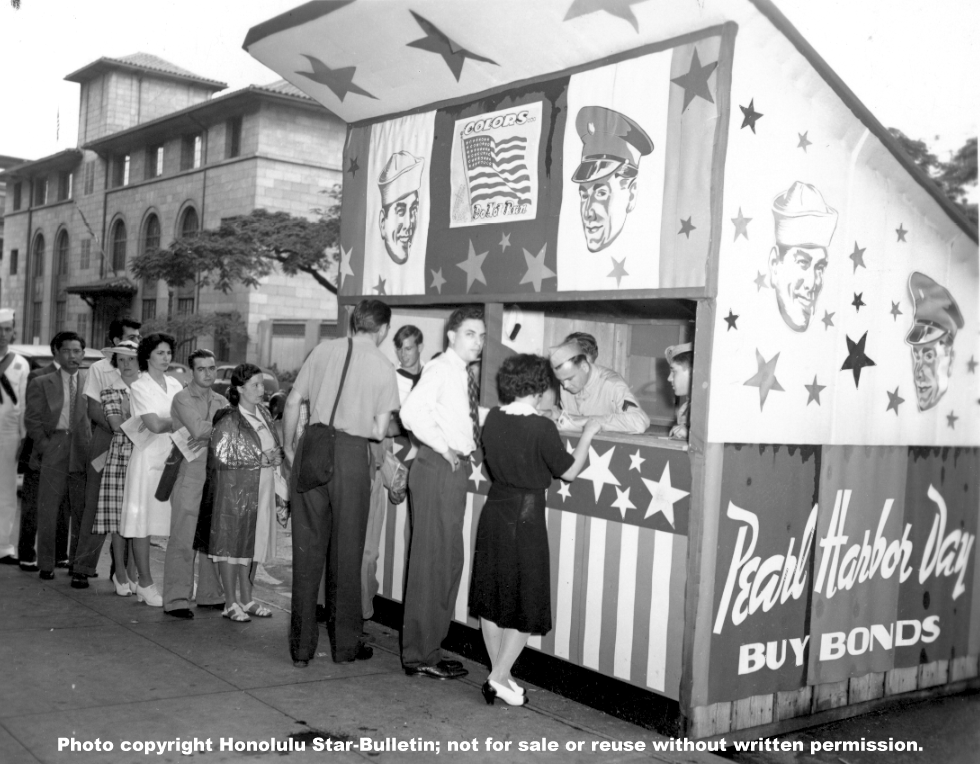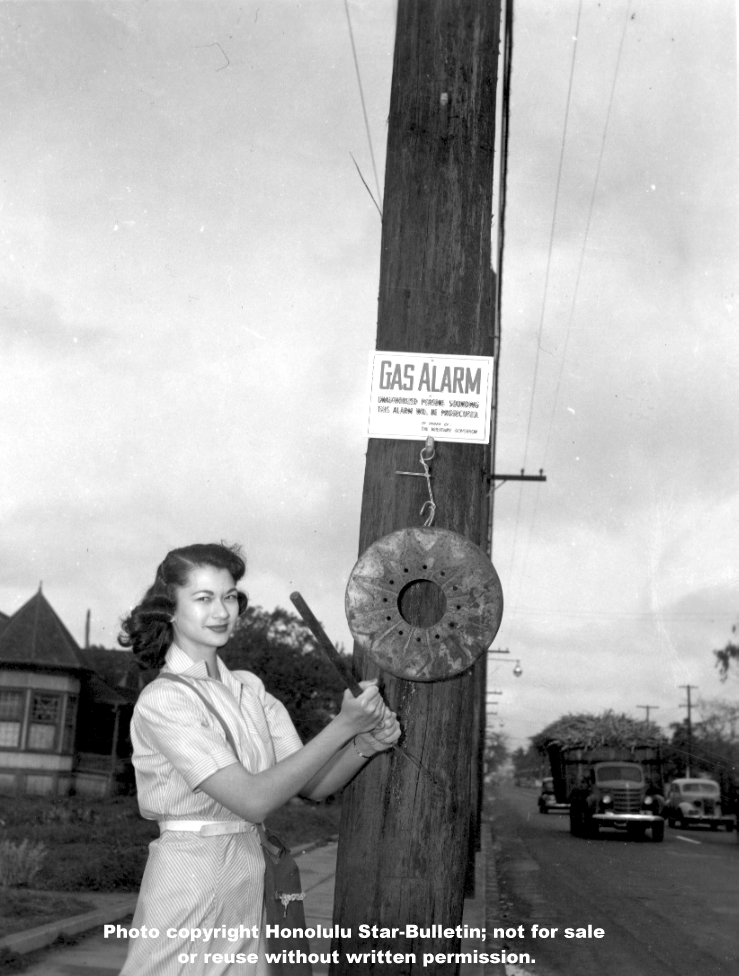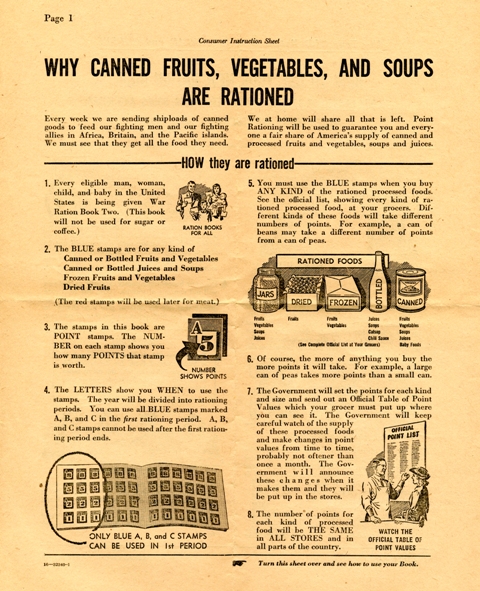The USS Lexington (CV-2) and sister-ship USS Saratoga (CV-3) were originally designed as battle cruisers. During construction, the cruiser hull was fitted with a flight deck. Instead of the typical 16-inch cruiser guns, they each received four twin turret 8-inch guns and other armament.
The Lexington, the first of the Lexington class carriers, launched December 14, 1925, was the US Navy’s first fleet aircraft carrier. Lexington later served as flagship out of Pearl Harbor on January 11, 1942. (Alex)
The Lexington-class carriers had one major design flaw – the inclusion of their four twin 8-inch/55 caliber gun mounts, which could only be fired in starboard broadsides.
On January 17, 1942, Rear Adm. William S. Pye, acting commander in chief Pacific Fleet, asked if the Hawaiian Department, US Army, was interested in 8-inch naval mounts and guns that might be removed from navy vessels. The Hawaiian Department immediately replied in the affirmative. (Bennett)
Lexington and Saratoga underwent armament refitting. Their original 8-inch guns were replaced with the correct weapon against the carrier’s true foe: enemy carrier aircraft.
In early-1942, these 8-inch guns and turret mountings were removed from Lexington and Saratoga and reused as coastal artillery on the island of Oʻahu.
When selecting locations for the naval turret (NT) batteries, commanders desired to extend fields of fire, chiefly for those areas in which current coverage was light, while placing the turrets far enough inland to function as second lines of defense and to reduce the difficulty of protecting them against small raiding parties.
Four battery sites were picked; on the North Shore were Battery Brodie (later renamed Battery George W Ricker) (775-foot elevation in Waialua;) Battery Opaeula (later renamed Battery Carroll G Riggs) (1,120-foot elevation above the Waialua Agriculture Company’s sugarcane fields near Haleiwa.)
On the South Shore were Battery Salt Lake (later renamed Battery Louis R Burgess) on Damon Estate land at Āliapaʻakai (Salt Lake) (170-190 foot elevation) and Battery Wilridge (later renamed Battery Lewis S Kirkpatrick) on Wiliwilinui Ridge (1,200-foot elevation mauka of Waiʻalae.)
Each 8-inch naval turret (NT) mount included a pair of guns mounted in one slide, both guns elevating and traversing as one unit. The 8-inch gun-mount housings were lightly armored, only providing shelter from the weather and possibly flying splinters.
All 8-inch NT mounts were designed for 360° fire without interfering with each other. The batteries had a high rate of fire (12-16 rounds per battery per minute.) Each gun could send a projectile over 18-miles.
The turrets and battery commanders’ stations were the major above-ground features. All the batteries were constructed of reinforced concrete by cut and cover, with projectile and powder magazines, gas-proof plotting rooms, and bombproof generator rooms 15 to 40-feet below the surface.
Target data was plotted in 24 by 30-foot bombproof and gas-proof plotting rooms. The rooms were equipped with a vertical escape shaft at one end. Metal staple ladders attached to the wall led to small housings on the roofs with steel-plate doors.
Each magazine contained a room for powder and a room for projectiles (holding 250 of each.) An additional 600 projectiles were to be stored in racks in the open. Powder and projectiles were elevated to the turret mounts by the elevating mechanisms.
All four battery sites were extensively camouflaged, including dummy gun positions to make up for the lack of antiaircraft defenses.
Target practices were usually carried out once a week, firing one round from each gun at a hypothetical target off shore. Homes near the batteries occasionally suffered broken window glass during firing practices.
The North Shore batteries, Brodie and Opaeula, covered the waters to the north, east and west, and as far south as the Pearl Harbor entrance. The South Shore batteries, Salt Lake and Wiliwilinui Ridge, covered the waters to the south, southeast and southwest, including the approaches to Honolulu and Pearl Harbors, and could also fire north.
This marked the first time NT mounts had been emplaced on shore as seacoast artillery for the US; it created an engineering and design challenge for the shore-based folks. Upon completion, however, the batteries proved very successful, being rated four of the best seacoast batteries. (Lots of information here from Bennett.)


















































![Otto_Kuhn_(Kuehn)_Home-557_Kainalu Drive-(star-bulletin) 20040901-08 PRG SPY HOUSE There are two houses at 557 Kainalu in Kailua that are built very close to each other. This is the two story A fame house that is on the right side of the property. During the late 1930's it served as a den for a German spy who provided intelligence for the Japanese military leading up to the bombing of Pearl Harbor. The present owner, John Piper (225-3555) bought the houses in 1999. PHOTO BY DENNIS ODA. SEPT. 1, 2004. Nikon D2H Focal Length: 13mm White Balance: Direct sunlight Color Mode: Mode I (sRGB) 2004/09/01 12:35:19.1 Exposure Mode: Shutter Priority AF Mode: AF-C Hue Adjustment: 0¡ JPEG (8-bit) Fine Metering Mode: Multi-Pattern Tone Comp.: Auto Sharpening: Auto Image Size: Large (2464 x 1632) 1/250 sec - f/15 Flash Sync Mode: Not Attached Noise Reduction: OFF Exposure Comp.: 0 EV Lens: 12-24mm f/4 G Sensitivity: ISO 200 Image Comment: [#End of Shooting Data Section]](https://i0.wp.com/imagesofoldhawaii.com/wp-content/uploads/Otto_Kuhn_Kuehn_Home-557_Kainalu-Drive-star-bulletin.jpg?w=215&h=160&ssl=1)


